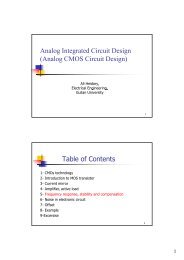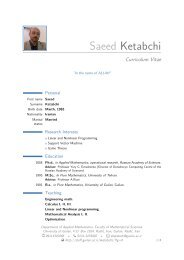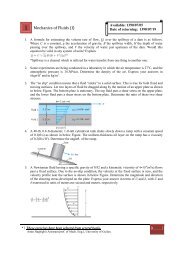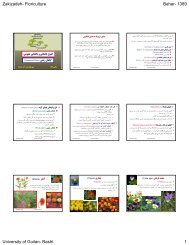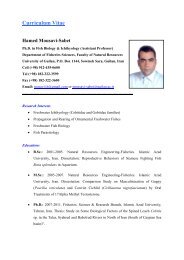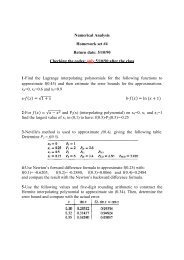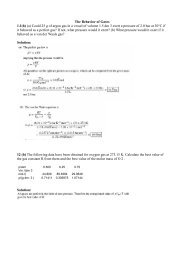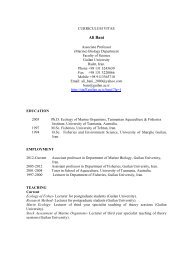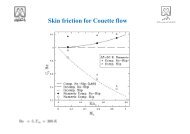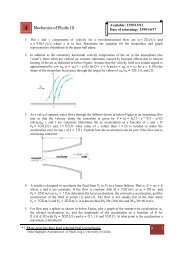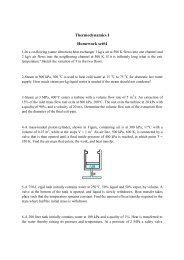Medical Tourism in Developing Countries
Medical Tourism in Developing Countries
Medical Tourism in Developing Countries
- No tags were found...
You also want an ePaper? Increase the reach of your titles
YUMPU automatically turns print PDFs into web optimized ePapers that Google loves.
Offshore Doctors ● 55go on a two-week holiday and return with no proof that she underwentrh<strong>in</strong>oplasty.Others desire immediate gratification and <strong>in</strong>stant happ<strong>in</strong>ess. If they arelow on the National Health Service wait<strong>in</strong>g list, or if they still need yearsto accumulate sav<strong>in</strong>gs for a procedure, medical tourism enables them toachieve satisfaction sooner.For most consumers, it is their concern with health and wellness thatdef<strong>in</strong>es their taste for medical tourism. They are seek<strong>in</strong>g longevity and sothey are controll<strong>in</strong>g their weight and follow<strong>in</strong>g low carb diets. In addition,the antismok<strong>in</strong>g movement that decreased the number of smokers <strong>in</strong> theUnited States from 30 percent (1983) to 21 percent (2000) is spread<strong>in</strong>g <strong>in</strong>toWestern Europe. This emphasis on healthy lifestyles and preventive medic<strong>in</strong>e<strong>in</strong>creases the demand for spas that feature wellness. For this reason, spa,health, and fitness tourism is boom<strong>in</strong>g 57 (<strong>in</strong> the United States, the numberof spas grew by 52 percent between 1997 and 1999, and spa visits rose70 percent dur<strong>in</strong>g that time 58 ). In addition to fitness, North Americans andWest Europeans are fasc<strong>in</strong>ated by alternative therapies (<strong>in</strong> 1997, 42 percentof Americans spent $21 billion on nontraditional medical therapies andproducts 59 ). With their longer life spans, <strong>in</strong>ternational patients have moretime to consume products and services associated with health and wellness.Propensity for <strong>Medical</strong> <strong>Tourism</strong>Some people are more <strong>in</strong>cl<strong>in</strong>ed to travel abroad for medical tourism thanothers because they are more globally oriented. Through migration, travel,<strong>in</strong>termarriage, the Internet, and music, they have bought <strong>in</strong>to globalization.Their global perspective gives them a higher propensity to seek medical careabroad. In addition to <strong>in</strong>dividuals, societies also have propensities for travelfor medical care. Bus<strong>in</strong>ess Life reports that Americans and Japanese seemleast bothered by long distances and vacation the farthest from home. 60A possible explanation for the difference among societies with respect totheir propensities to travel is the differ<strong>in</strong>g perspective on leisure. People wholive <strong>in</strong> societies where leisure exists, leisure activities are valued, and leisureorientedcommercial enterprises are developed are more likely to have apropensity to travel. Hav<strong>in</strong>g sufficient leisure time is crucial for medicaltourism s<strong>in</strong>ce medical procedures, with or without the tie-<strong>in</strong> vacation, taketime, as does the long-haul travel required to reach the dest<strong>in</strong>ation.ExpectationsDecisions perta<strong>in</strong><strong>in</strong>g to demand of medical tourism are tied to expectationsabout the state of the economy at home and its ability to provide cont<strong>in</strong>uedemployment to the medical tourist. Questions of future employment and





